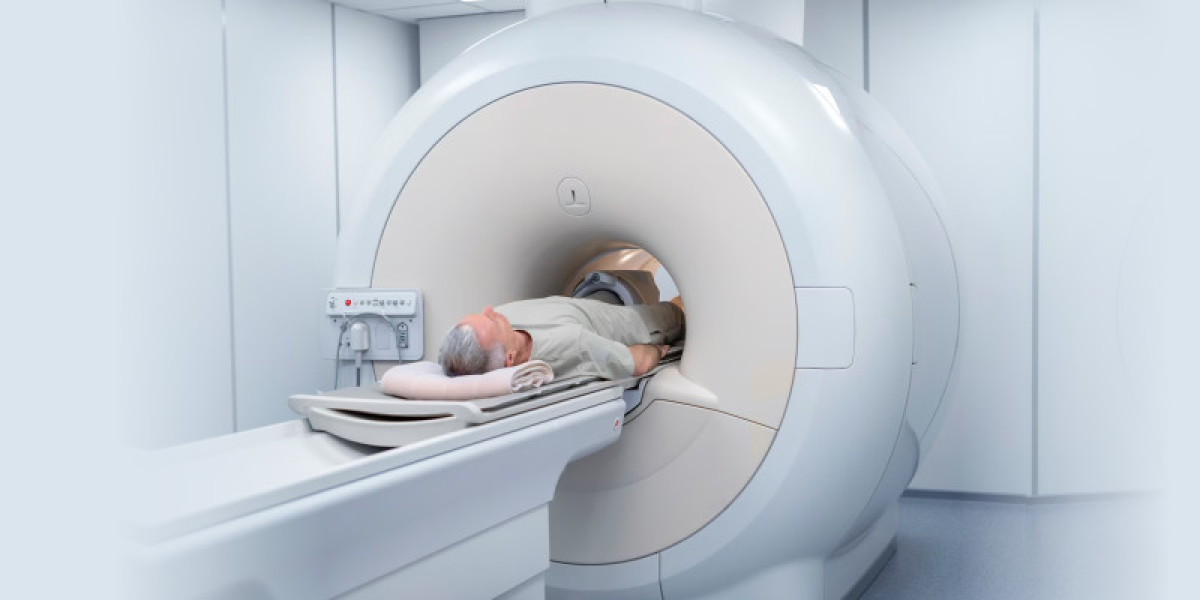When starting a private radiology practice, choosing the right business structure is a crucial decision that impacts everything from taxation and liability to management and operational flexibility. Here's an overview of the most common business structure options for a private radiology practice:
1. Sole Proprietorship
A sole proprietorship is the simplest business structure, typically chosen by solo practitioners.
Key Features:
- Ownership: Owned and operated by one person.
- Liability: The owner has unlimited personal liability for all debts and legal obligations of the practice. Personal assets can be at risk in case of legal claims.
- Taxes: The business is not taxed separately. Income and expenses are reported on the owner’s personal tax return, and profits are subject to self-employment taxes.
Pros:
- Simple and inexpensive to establish.
- Full control over decision-making.
- Minimal paperwork and administrative burden.
Cons:
- Unlimited personal liability.
- Difficult to raise capital.
- Limited growth potential for larger practices.
2. Partnership
A partnership is suitable if you are starting a practice with one or more other radiologists.
Types of Partnerships:
- General Partnership (GP): All partners share management responsibilities, profits, and liabilities equally.
- Limited Partnership (LP): Includes both general partners (with unlimited liability) and limited partners (who are only liable for their investment in the business).
- Limited Liability Partnership (LLP): Provides liability protection to all partners, shielding personal assets from business liabilities.
Key Features:
- Ownership: Owned by two or more partners.
- Liability: General partners have unlimited liability, while limited partners have liability only to the extent of their investment.
- Taxes: Partnerships are "pass-through" entities, meaning profits and losses pass through to the partners’ personal tax returns.
Pros:
- Shared responsibility and resources.
- Can raise capital more easily than a sole proprietorship.
- LLPs provide liability protection for partners.
Cons:
- General partners are personally liable for business debts.
- Disagreements between partners can lead to conflicts.
- Limited growth potential if the partnership structure is not scalable.
3. Limited Liability Company (LLC)
An LLC combines the liability protection of a corporation with the tax benefits and flexibility of a partnership.
Key Features:
- Ownership: Owned by one or more members, including individuals, corporations, or other LLCs.
- Liability: Owners (members) are generally not personally liable for business debts and obligations. Liability is limited to the investment in the business.
- Taxes: LLCs are also "pass-through" entities by default, meaning profits and losses pass through to the owners’ personal tax returns. However, LLCs can elect to be taxed as a corporation (S Corp or C Corp) if beneficial.
Pros:
- Limited personal liability for owners.
- Flexible management structure.
- Tax advantages (can choose pass-through taxation or corporate taxation).
- Suitable for both solo practitioners and group practices.
Cons:
- More paperwork and higher costs than a sole proprietorship.
- Requires operating agreements and compliance with state regulations.
- Some states impose higher fees and taxes on LLCs.
4. Corporation (C Corp or S Corp)
Corporations are more complex business structures but provide the most legal protection and can be advantageous for larger radiology practices or those looking to scale.
C Corporation (C Corp):
- Ownership: Owned by shareholders.
- Liability: Owners (shareholders) are not personally liable for business debts.
- Taxes: Corporations are taxed as separate entities. They pay corporate income tax, and shareholders are taxed again on dividends (double taxation).
S Corporation (S Corp):
- Ownership: Limited to 100 shareholders, all of whom must be U.S. citizens or residents.
- Liability: Similar to a C Corp, owners are protected from personal liability.
- Taxes: S Corps are "pass-through" entities, so income is only taxed at the shareholder level, avoiding double taxation.
Pros:
- Limited liability protection for owners/shareholders.
- Easier to raise capital (especially for C Corps) through the sale of stock.
- S Corps avoid double taxation and have similar tax benefits to LLCs.
- Corporations can exist perpetually, regardless of ownership changes.
Cons:
- More complex to set up and maintain than LLCs or partnerships.
- C Corps face double taxation unless converted to an S Corp.
- Extensive record-keeping, reporting, and regulatory requirements.
5. Professional Corporation (PC) or Professional Limited Liability Company (PLLC)
These structures are designed specifically for licensed professionals, including radiologists, who require liability protection for their professional services.
Key Features:
- Ownership: Must be owned by licensed professionals in the same field (e.g., radiologists).
- Liability: Owners are shielded from personal liability for the business's debts but are still liable for their own professional negligence or malpractice.
- Taxes: PCs and PLLCs can be taxed as either a C Corp or S Corp.
Pros:
- Provides liability protection, particularly for professional malpractice.
- Tax advantages similar to those of corporations or LLCs.
- Suitable for group practices or multiple radiologists in partnership.
Cons:
- Complex setup and administrative requirements.
- State-specific regulations may impose restrictions or fees.
- Owners may still face personal liability for malpractice claims.
Choosing the Right Structure: Key Considerations
Liability Protection: If you want to limit personal liability, an LLC, PLLC, or corporation is usually the best choice. Avoid sole proprietorships or general partnerships if protecting personal assets is important.
Taxation: If you prefer pass-through taxation (where business income is taxed on your personal return), consider an LLC, LLP, or S Corp. For larger businesses with multiple owners, a C Corp may be a better fit, even though it involves double taxation.
Number of Owners: A sole proprietorship or single-member LLC works well for solo radiologists. Partnerships or corporations are more suited to practices with multiple owners or those that plan to expand.
Future Growth: If you plan to grow the practice, bring in partners, or attract investors, a corporation (C Corp or S Corp) offers better opportunities for raising capital and scaling.
Professional Liability: For radiology practices, forming a PLLC or PC can provide the best of both worlds—limited liability for business debts while still holding individuals accountable for malpractice.
Cost and Complexity: Sole proprietorships and partnerships are cheaper and easier to set up, but they come with higher risk. LLCs and corporations cost more and have more administrative requirements, but they offer significant liability and tax benefits.
Conclusion:
The ideal business structure for your private radiology practice depends on factors like the size of your practice, liability concerns, tax preferences, and future growth plans. For solo practices, an LLC or sole proprietorship may be sufficient, while group practices or those planning to scale might consider forming a corporation or professional corporation for additional legal protections and flexibility.
Consulting with a legal or financial professional is essential to ensure you choose the best structure for your specific needs and comply with state and federal regulations.








